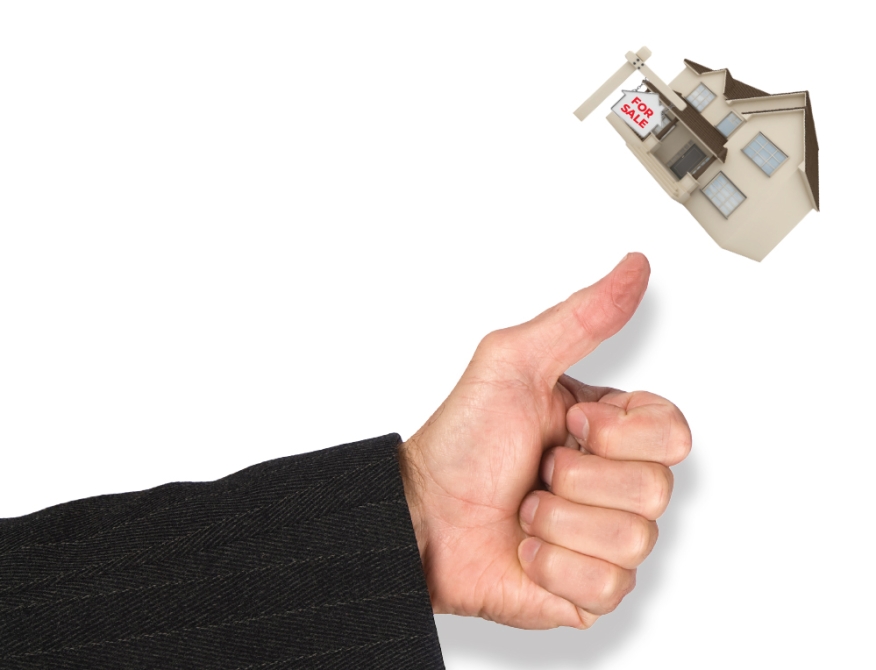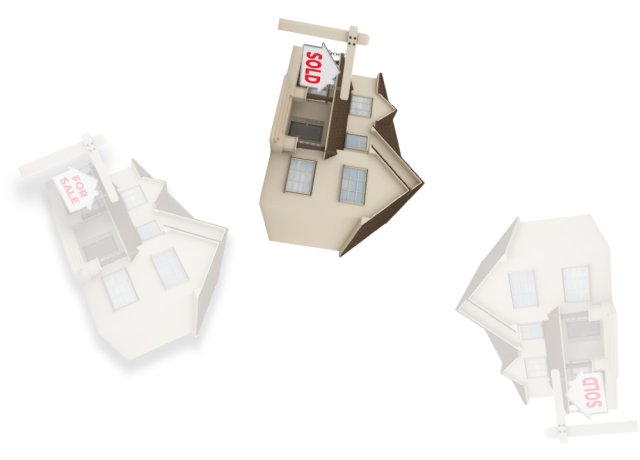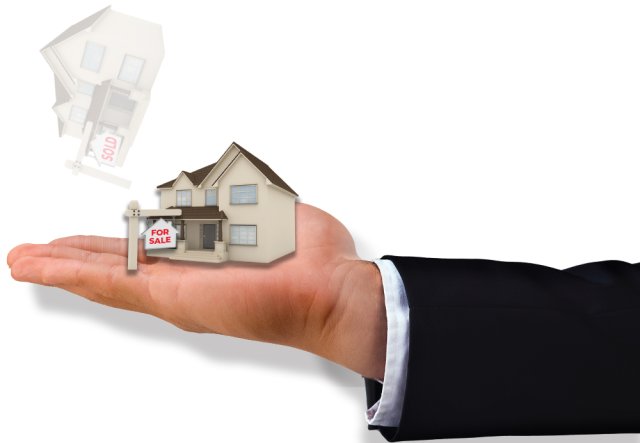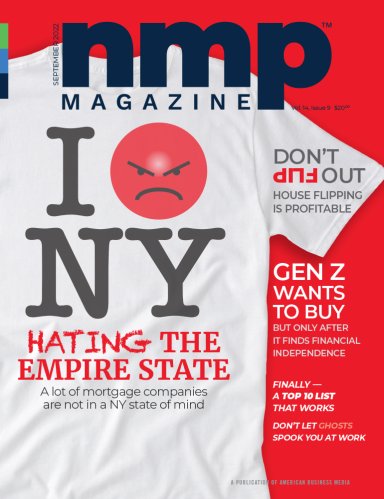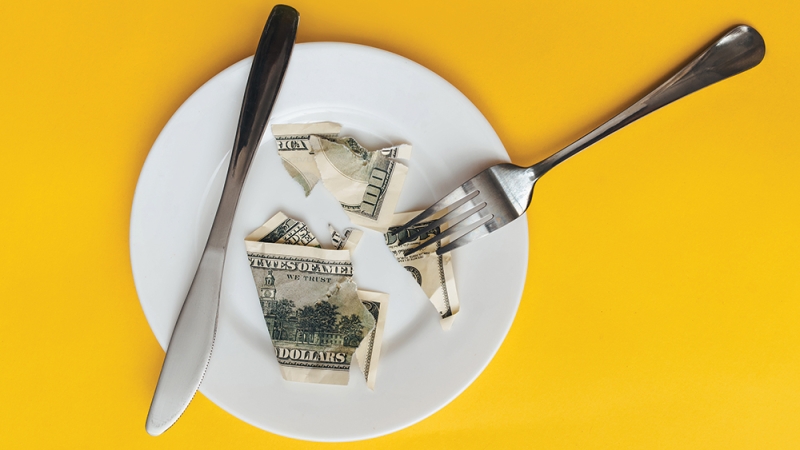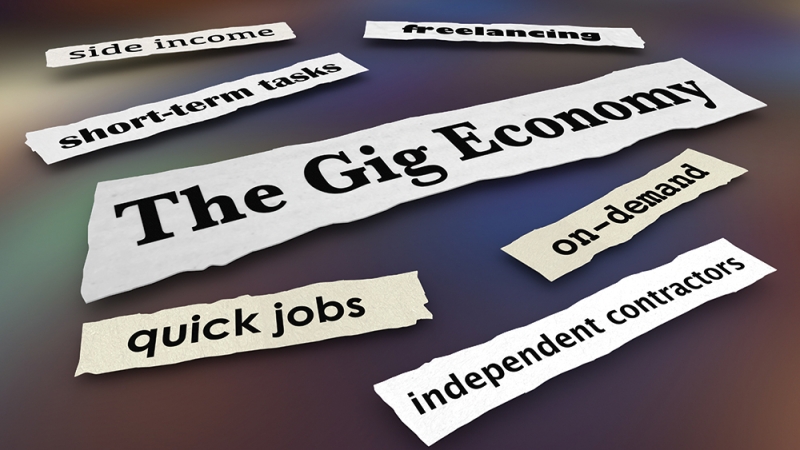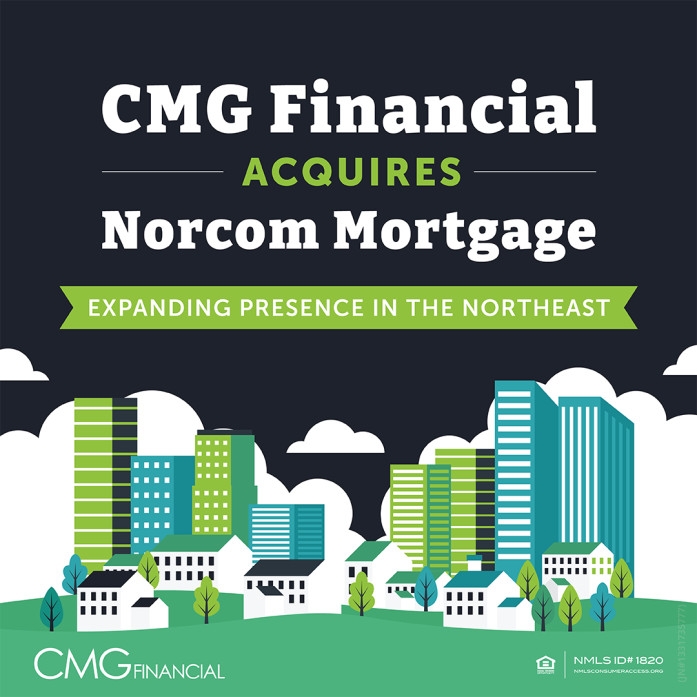Home flipping is often romanticized and hyper-fictionalized, especially on HGTV shows like Flip or Flop and Good Bones. This sensationalized trend brought new entrants and investors to the flipping scene, each eager to make a profit. Behind the limelight, the current housing market is bringing wistful flipping aspirations to a halt.
In 2021, home flipping hit an all-time high and was up over 25% from 2020, granted that the start of the pandemic slowed down construction. ATTOM reported in February this year that although more people are flipping homes, they are making less of a profit. Parallel with ATTOM’s report, National Mortgage Professional also reported in December 2021 that home flipping profits dipped to their lowest point, even though flipping rates increased in 99 metro areas between 2020 and 2021. Even CoreLogic said at the end of June that flipping houses is at its highest rate since 2000. Seesawing between more projects and less profit, these teetering numbers are impacting real estate investors’ confidence in the market and whether these flips can turn for profit.
Christopher Shirley, a mortgage banker for Blue Chip Commercial, says that despite the decrease in profits and risky market, experienced investors are still interested in home-flipping projects. Shirley says, “Given the current rate of inflation, supply chain issues, and material costs coupled with rising rates, there are fewer buyers who qualify and a much narrower profit margin overall despite inventory demands.”
However, Shirley said that although a housing shortage and spiking home prices will create chaos in the market, the flipping market will only use this to its advantage. He hinted at the market soon turning aggressive, saying “Flips will continue as they did in the past economic cycles, [but] people who own their homes now are not going to be as likely to sell and given the inventory shortages, the flip market will become more bullish.”
Perfect, Bullish Storm
The state of the flipping market is comparable to Darwin’s infamous “survival of the fittest,” according to Shirley. Wall Street-backed funds are driving up the rental market, which is then ousting less-experienced flippers as a result.
“Investors that have not been through significant market cycle changes are going to be more hesitant in an unclear path. This happened in post-2008. Experienced ones will view the market as opportunistic,” he said.
CJ Russell, president of Aureus Finance Group, says that the primary drivers of reduced flipping profits are a low supply of existing homes for sale resulting in higher acquisition costs,
global supply chain challenges and wide-spread construction labor shortages.
Construction labor shortages are nothing new, Russell explained, adding, “Experienced operators have created strong teams and considerable networks in their respective regions to mitigate this risk. Our borrowers typically have labor available, but it has become more expensive, particularly for certain trades. This dynamic usually impacts margins, not project completion.”
However, the market is time sensitive. Russell says that capital market volatility impacts the real estate industry heavily, alluding to Shirley’s claim that experienced lenders and investors will come out victorious in the flipping market. Russell says that rising rates have created challenges for many private lenders, with some significantly pulling back and some others exiting the space entirely. “It is more important than ever for real estate investors to align with reliable debt partners that have the financial capacity to weather this storm,” Russell said.
Charles Weinraub, a professional flipper and owner of Handsome Homebuyer out of Long Island, N.Y., says that the last Fed hike rate dropped 5% in values and that he is underwriting at a 15% discount compared to the last rate hike. The market is currently one of the most competitive he’s seen.
Weinraub, who is used to flipping between 70 and 110 houses per year for over six years, said that he has been buying less properties and will continue buying less in the next three to six months to flip due to the market’s adjusting period. “Sellers are still looking for top dollar,” Weinraub said. “But since [I am] discounting at 15%, I’m being blown out by other high-bidding investors due to institutional lending.”
